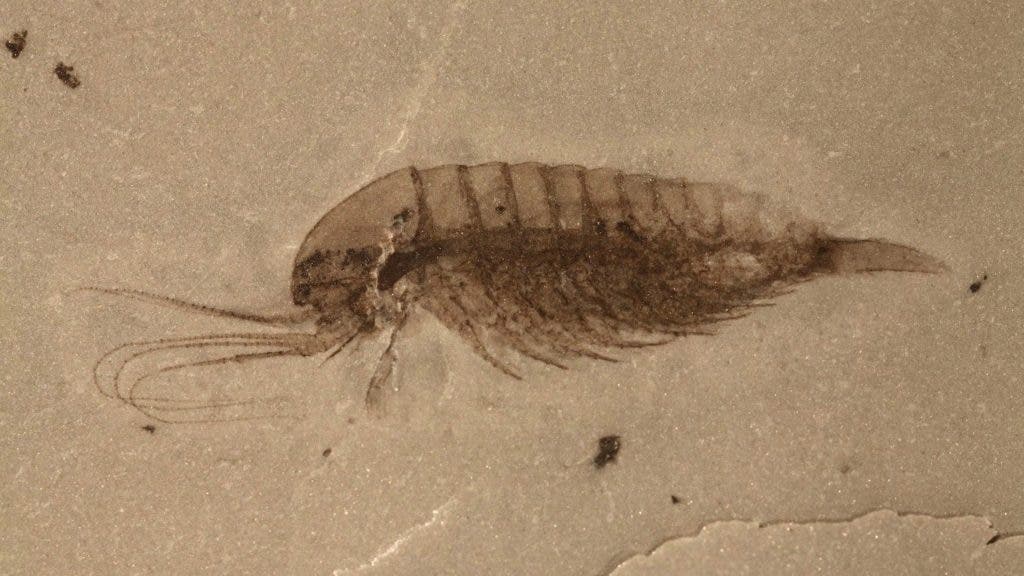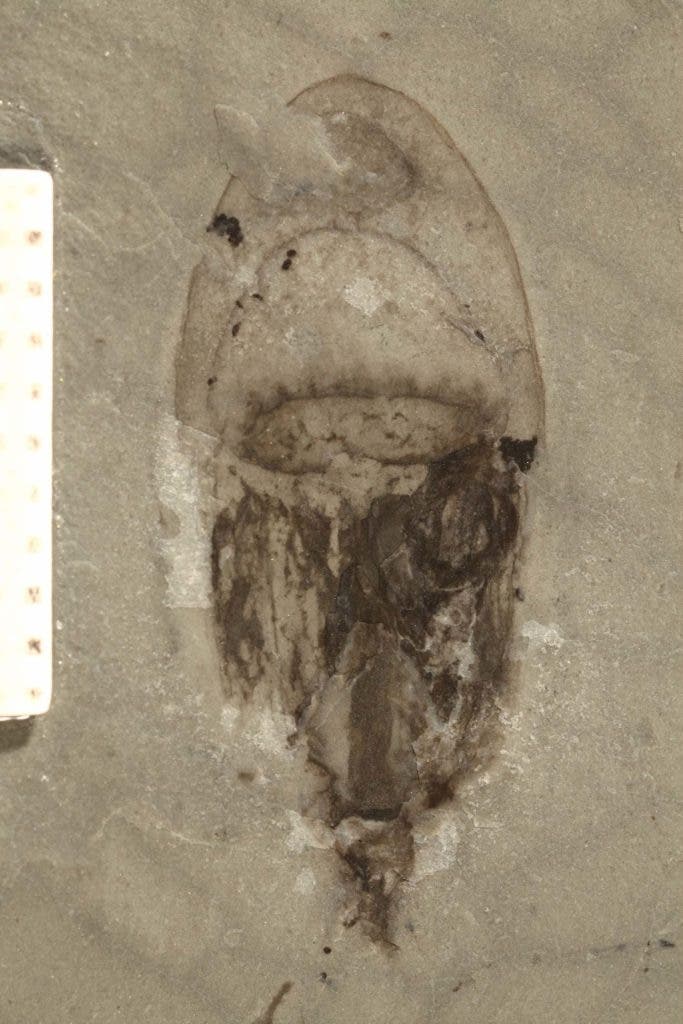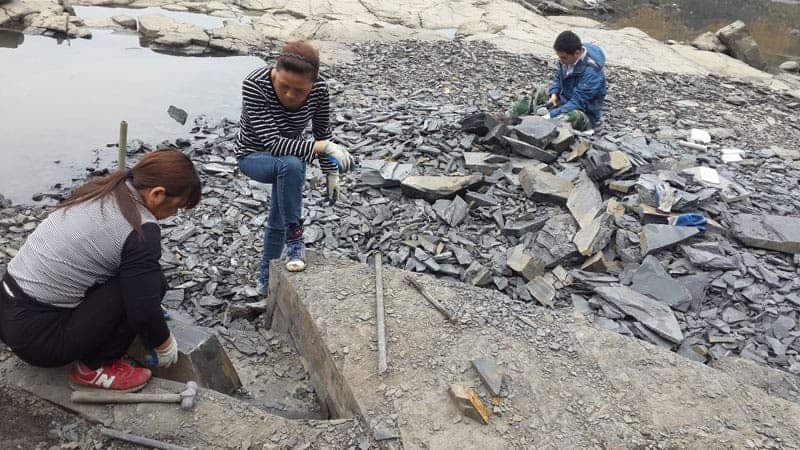Over 30,000 fossils dating from more than 500 million years ago have been unearthed at a spectacular site in China. The fossils, which include extremely rare soft-body creatures and numerous new species, offer insight into a period called the Cambrian Explosion — when the first complex organisms appeared on Earth.

Although life on Earth appeared some 3.7 billion years ago, it wasn’t until 541 million years ago that more complex life forms (including most of the animal phyla existing today) emerged. That period is called the Cambrian Explosion.
It lasted for about 20-25 million years and resulted in an amazing divergence of life, and we know that through the fossil record. However, only a small part of creatures are preserved through fossilization — especially those with hard bodies or at least some hard body components. Many others, especially those with soft bodies, are rarely preserved in the fossil record, especially fossils dating from the Cambrian.
Much of what we know about the Cambrian Explosion comes from a fossil site in Canada called the Burgess Shale, which provided a unique environmental setting that allowed the fossilization of soft-bodied creatures, and a relatively inactive geological evolution to ensure that the fossils weren’t destroyed.
The newly-discovered site, called Qingjiang, is very similar to the Burgess Shale — and perhaps even more spectacular.
“The Qingjiang biota is remarkable in how it so dramatically opens up another, and yet unique, window to the beginnings of diverse animal life on Earth’s surface,” said Emma Hammarlund, a geobiologist at Lund University in Sweden who was not involved with this research. “What we can see through this window is nothing short of astounding.”

The age of the Qingjiang biota is comparable to that of Burgess, but it’s a bit older — offering a new window into the evolution of Cambrian creatures.
“The Qingjiang biota is 10 million years older than the Burgess Shale, closer to initial diversification of metazoans,” or multicellular animals, said Xingliang Zhang, a geologist at Northwest University in Xi’an, China, and lead researcher on the project. The new fossil deposit shows “lots of potential,” he said. “We [have] just started to work on so many new taxa.”
To make matters even better, the biota includes fossils of the same taxa spanning larval, juvenile, and adult developmental stages — which offers an unprecedented look into how these creatures developed at different stages.
So far, some 4,000 specimens (out of 30,000 excavated) from the site have been thoroughly analyzed, indicating a complex and diverse ecosystem. Jellyfish seem to be abundant at the site, and around 85% of them are soft-body creatures. Allison Daley, a palaeontologist from the University of Lausanne in Switzerland who describes the “stunning new locality” in an accompanying commentary article, writes:
“I saw the photos, and you think ‘that is a jellyfish, no doubt about it, that’s a jellyfish, and that’s a sea anemone.’ It’s incredible to see these animals preserved,” says Daley.
Daley had heard about this site, but “to see the work of the paper, how thoroughly they’ve analysed the sediments, and the quality of the fossils, it really blew my mind.”
“I never expected in my career to witness the discovery of a site as good as this one in the Cambrian,” says Allison Daley, a palaeontologist from the University of Lausanne in Switzerland who describes the “stunning new locality”.

There was an element of luck associated with the find. It was a particularly hot day when paleontologist Xingliang Zhang and a group of students were looking for a shaded place to eat when they came across something intriguing.
“We were walking along the road, trying to find some cool place for our lunch,” recalls Zhang. “We walked down to a riverbed and the rocks were washed by the water and you could clearly see the texture. I recognized that that kind of rock is the right rock we’re searching for. We started to split rocks and very soon found many fossils.”
This moment of serendipity has yielded one of the most spectacular paleontological findings in recent times. Given that researchers have analyzed just slightly more than 10% of what has been excavated, and much more still awaits to be discovered at the site, there’s a lot of work in store for paleontologists.
In addition to studying the animals themselves, the ecosystem, and the evolution of these creatures, scientists will also try to establish how these creatures fit on the lower branches of the animal tree.
“This distinctive composition holds promise for providing insights into the evolution of Cambrian ecosystems across environmental gradients,” researchers conclude.
The results have been published in the journal Science.


